Looking Back at What Was Once the Future
Reflecting on Tomorrowland Today
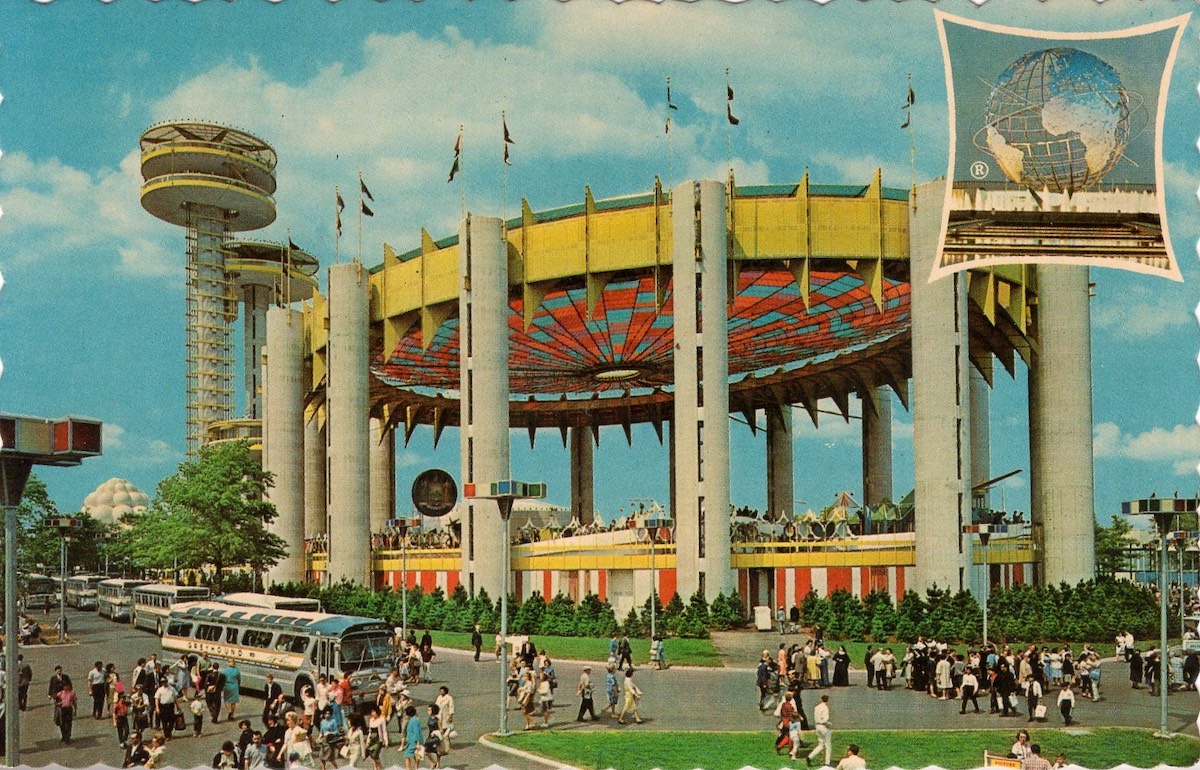
The World’s Fair came to New York in 1964, and a few of us skipped school to check it out, among them my friend Robert. We watched atoms collide at the General Electric exhibit, journeyed into space in the Hall of Science, flew to the moon in an easy chair courtesy of General Motors, saw ourselves on color television at RCA, then zipped above it all in a monorail.
At the Coca-Cola exhibit, we walked through a humid Cambodian rainforest, a noisy street in Hong Kong, and an Alpine ski lodge that smelled of snow and peppermint. Loftily dedicated to “man’s achievement on a shrinking globe in an expanding universe,” the fair was in fact mostly about big corporations and gee-whiz technology, but its official theme was “Peace Through Understanding,” and for a handful of kids from Central Islip, this was heady stuff.
At the Parker Pen Pavilion, Robert and I filled out forms for computer-matched pen pals. I answered in ways I believed would garner me a cute British boy, but my pen pal turned out to be a girl from the Netherlands, who really was a perfect match; we exchanged letters for years before we finally lost track of each other, and I still wish I could find her again. The grand finale of the day was ascending on an escalator in the Vatican Pavilion that moved us slowly past Michelangelo’s Pietà, its white marble lit eerily against a blue backdrop. I do recall an ominous display of global population growth sponsored by Equitable Life Assurance, whose astronomical and continually increasing numbers gave me a vague sense of anxiety, but overall, the fair presented a breathtakingly optimistic view of the future. Tomorrow would bring affluence, convenience, and steady, full-throttle progress, with American industry at the helm.

Oh, we knew there was turmoil in the world, and plenty of it: Cold War tensions, escalating war in Southeast Asia, and the civil rights movement heating up and impossible to ignore. Even the shiny facade of the World’s Fair itself hid ugly politics and behind-the-scenes racial inequities. But Robert and I were sailing ahead with idealism and confidence, certain of great possibilities. He was a restless and creative person, determined to get out of town as soon and as far as he could, and in the meantime, he approached life with curiosity and enthusiasm, paying attention, recognizing opportunities, and stepping forward from the sidelines.
When Bobby Kennedy’s Senate campaign announced a series of stops in Long Island later that year, it was Robert who knew we should be there. Robert had a sense of history, a sense of occasion. We walked downtown together and waited among the crowds that lined the main street. Soon the vehicles approached, and there was Kennedy himself, his hair a thick shock of sandy brown, his features youthful and handsome, smiling and waving and reaching down to accept the hands offered up to him, including ours.
“Few will have the greatness to bend history itself,” Kennedy said that year, “but each of us can work to change a small portion of events, and in the total of all those acts will be written the history of this generation.”
The future arrived. It came far more swiftly than we could have ever imagined and, as the World’s Fair had predicted, a great many marvels unfolded, but things were also terrible and complex. In the spring of 1968, our senior year of high school, Dr. Martin Luther King Jr. was assassinated, and two months later, Robert Kennedy. Our class graduated, proceeded into summer jobs and colleges, or went to fight a war. The following year, a man walked on the moon, and we saw pictures of a tiny blue planet, fragile and beautiful and beleaguered, already threatened by the very industrial progress we had celebrated.
We drifted further into our challenging and distracting lives, and I never saw Robert again. He called me once, 20 years later. He had somehow discovered that we were both on the West Coast, not quite neighbors, but relatively close: I was living in Laguna Beach and he in Los Angeles. He worked as a costume designer and wardrobe supervisor for a popular television show, and he was proud of that. He did not seem to be looking back on our Long Island years with affection or nostalgia. “There were some small minds in our town,” he said. “They’re still there, probably.”

Robert was a man who had gotten out, and was successful, and felt vindicated somehow. He wanted me to know that. As for me, I was just excited that he had called, and I felt a great surge of warmth and encouraged him to visit me, but even as we said good-bye, I sensed this was unlikely. A few years later, wondering if there was a chance we might reconnect somehow, I typed his name into a search engine, and an obituary appeared. It had been published in Variety in 1992; he was 42 years old when he died.
But Robert had been my friend, and nothing can change that fact. We stood side-by-side at a remarkable moment in history, and we watched it all with wonder, imagining the future. We each endured our private pain and we each enjoyed our separate achievements, and perhaps we even changed our own small portion of events. I became a teacher and moved to a ranch in Gaviota where I live to this day, surprisingly old, and still astonished. Some kind of crazy hopefulness took root in me long ago, and I never did shake it. The world is very tricky and the news is often dire, but collectively and intentionally, I think we can still bend history.
Premier Events
Sat, Apr 05
9:00 AM
Santa Barbara
Terry Real’s Relationship Skills Bootcamp
Thu, Apr 10
10:00 AM
Santa Barbara
Free Dry Eye Seminar w/ Dr. Zucker & Dr. Reynard
Fri, Mar 07
7:30 PM
Santa Barbara
Refractions: voices of light & dark
Fri, Mar 07
7:30 PM
Santa Barbara
Jazz at the Lobero Presents Delfeayo Marsalis and the Uptown Jazz Orchestra
Fri, Mar 07
9:30 PM
Santa Barbara
Goldenvoice Presents: Barns Courtney Unplugged
Sat, Mar 08
9:00 AM
Santa Barbara
2nd Annual Polar Plunge for a Purpose
Sat, Mar 08
12:00 PM
Santa Barbara
International Women’s Day Dance Party!
Sat, Mar 08
12:00 PM
De La Guerra Plaza
Unite and Resist: International Women’s Day Rally
Sat, Mar 08
1:00 PM
Santa Barbara
SBCC Science Discovery Day
Sat, Mar 08
2:00 PM
Santa Barbara
Refractions: voices of light & dark
Sat, Mar 08
7:30 PM
Santa Barbara
Refractions: voices of light & dark
Sun, Mar 09
6:00 PM
Santa Barbara
Orchids After Dark @ The SB Intl. Orchid Show
Sat, Apr 05 9:00 AM
Santa Barbara
Terry Real’s Relationship Skills Bootcamp
Thu, Apr 10 10:00 AM
Santa Barbara
Free Dry Eye Seminar w/ Dr. Zucker & Dr. Reynard
Fri, Mar 07 7:30 PM
Santa Barbara
Refractions: voices of light & dark
Fri, Mar 07 7:30 PM
Santa Barbara
Jazz at the Lobero Presents Delfeayo Marsalis and the Uptown Jazz Orchestra
Fri, Mar 07 9:30 PM
Santa Barbara
Goldenvoice Presents: Barns Courtney Unplugged
Sat, Mar 08 9:00 AM
Santa Barbara
2nd Annual Polar Plunge for a Purpose
Sat, Mar 08 12:00 PM
Santa Barbara
International Women’s Day Dance Party!
Sat, Mar 08 12:00 PM
De La Guerra Plaza
Unite and Resist: International Women’s Day Rally
Sat, Mar 08 1:00 PM
Santa Barbara
SBCC Science Discovery Day
Sat, Mar 08 2:00 PM
Santa Barbara
Refractions: voices of light & dark
Sat, Mar 08 7:30 PM
Santa Barbara
Refractions: voices of light & dark
Sun, Mar 09 6:00 PM
Santa Barbara

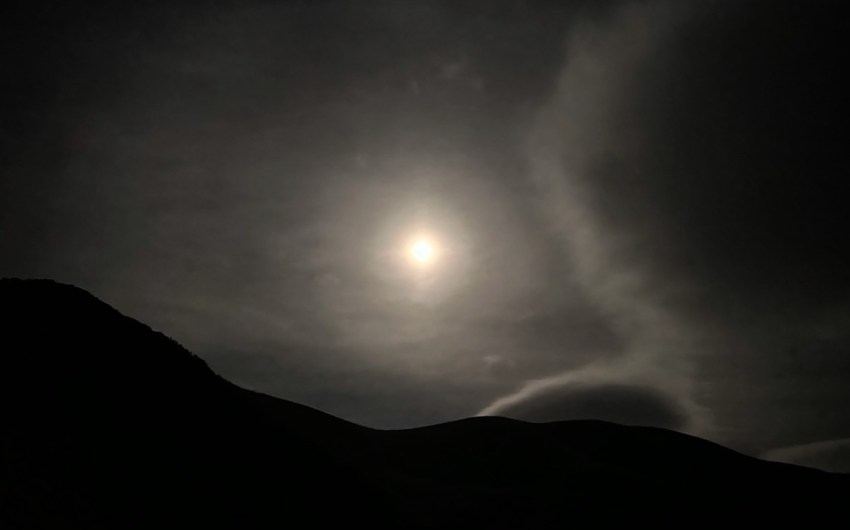


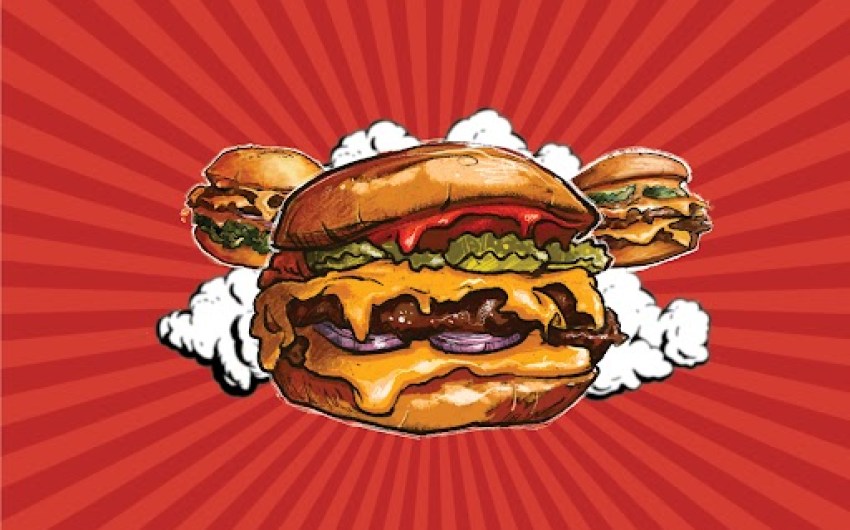
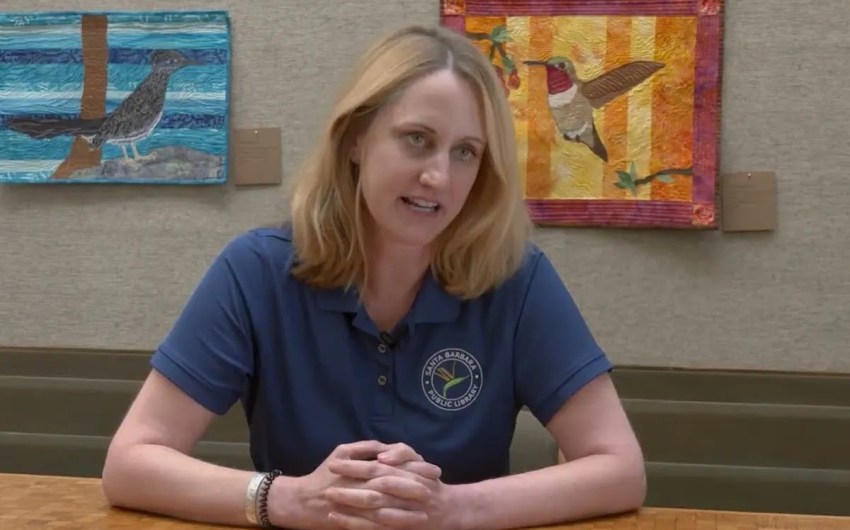



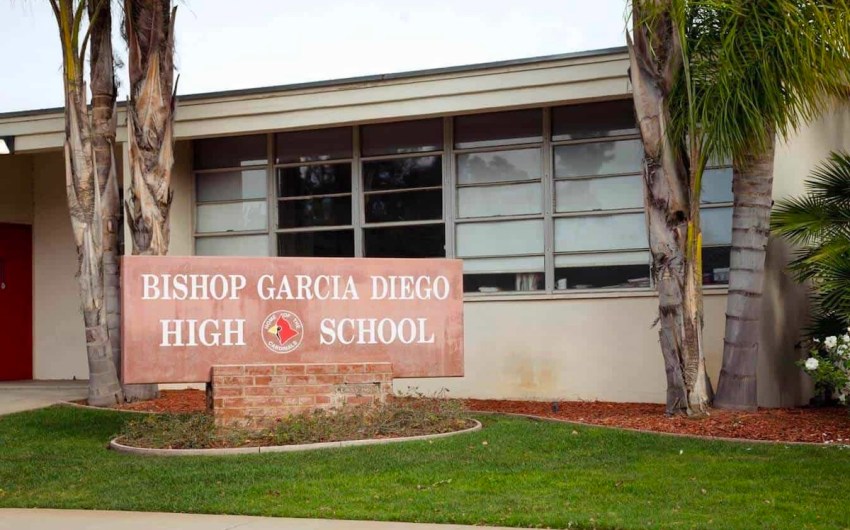
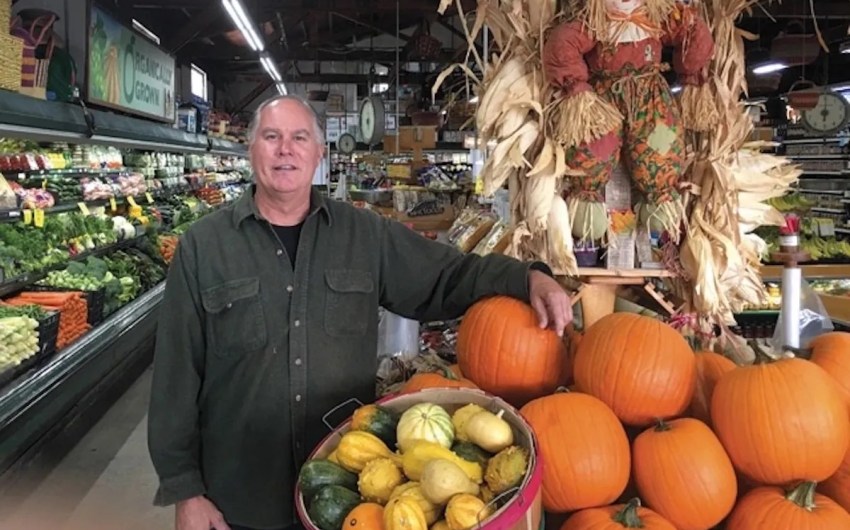
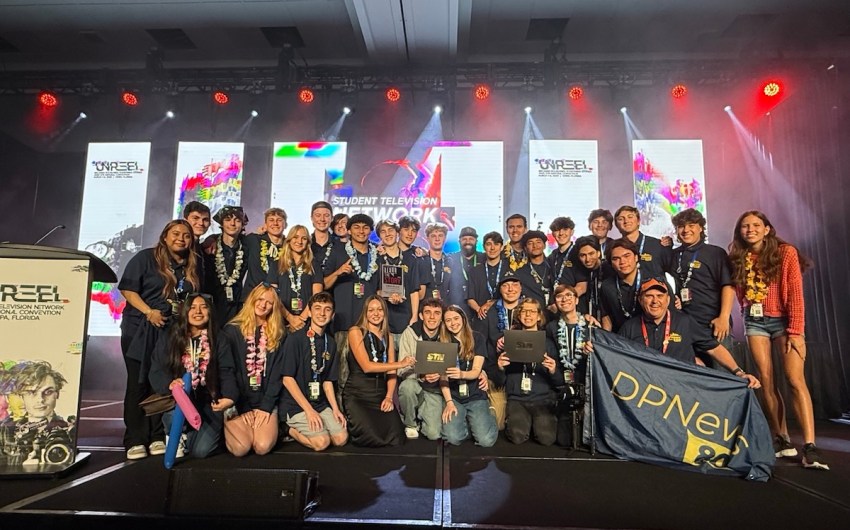
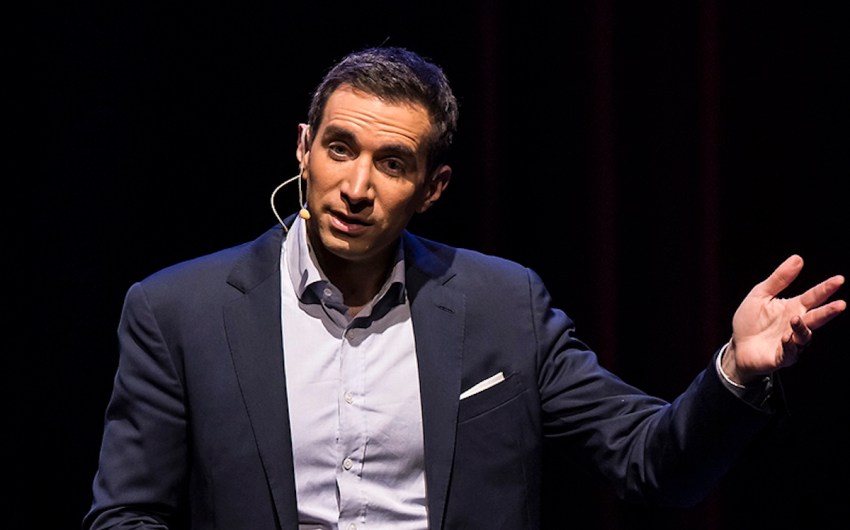
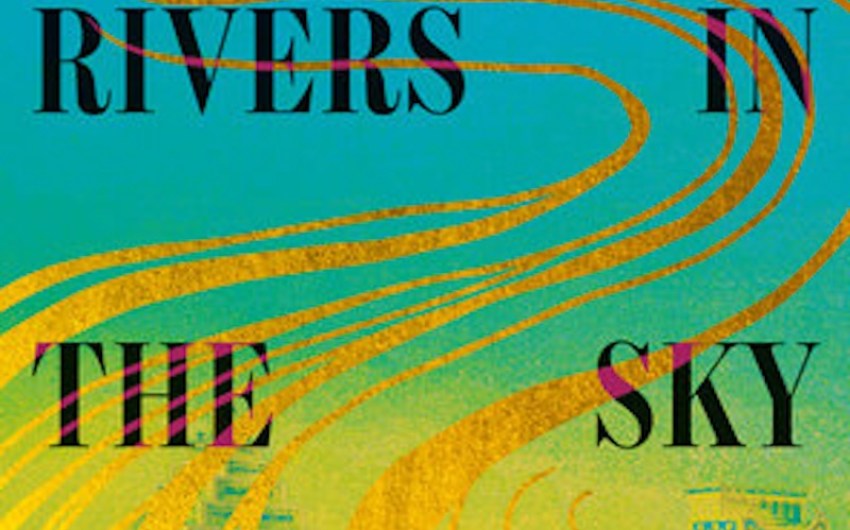










You must be logged in to post a comment.